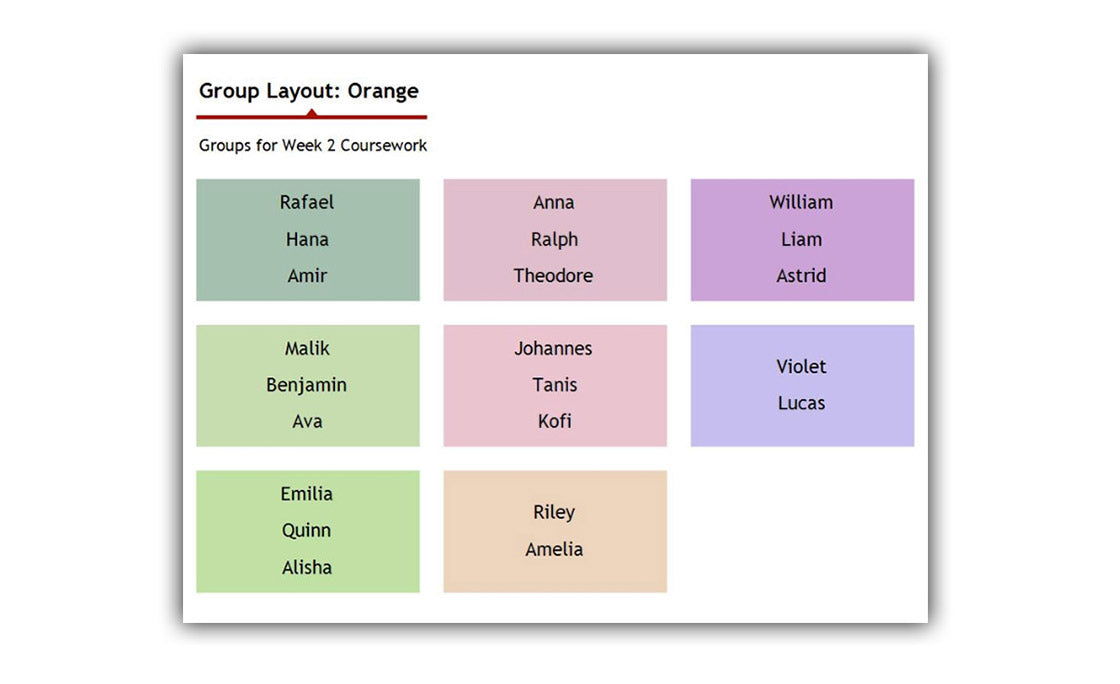Just about everybody is involved in either teaching or learning or both. If you are a trainer, your job is highly biased towards the teaching side which means you need to understand how to train your delegates in the shortest amount of time and get maximum results. This requires a deep understanding of how learning and memory works in humans. Otherwise you could easily be wasting your time as your knowledge will not ‘sink’ into the minds of your delegates.
In this article you will be introduced to a set of core features of our short and long term memory and understand its direct impact on training which you can take advantage of to increase retention and learning.
Short-Term Memory Versus Long-Term Memory
Not all cognitive psychologists agree that short-term and long term memory are physically different. Some think that they are all handled by the same parts of the brain and the difference is only conceptual. In any case, there is a difference and most psychologists agree on the following:
Short-Term Memory
- Limited capacity. There is a limit on the amount of information we can process at a given time. In a famous study Miller and his associates in 1956 found that we can remember 7+/- 2 bits of information at most. If we want to remember more, we need to chunk the data, much like phone numbers.
- Information Type. There seems to be separate places in the brain for processing and rehearsing verbal information as opposed to visual information. Our cortex which covers a large section of our brain is responsible for visual processing which is why we find it a lot easier to remember an image, a face or a scene than to remember a sentence we heard or a not-so-illustrative textual representation of it.
- Rehearsal. In order to remember something, we need to rehears it. The information is passed from our sensory via the short term memory and then we try to save it by repetition into our long term memory. A mere repetition of the signal over and over again is called passive rehearsal. It seems that passive rehearsal is not as effective as making deep and meaningful associations.
Long-Term Memory
Psychologists believe that long term memory is organised based on context and associations. We retrieve the information by traversing the tree to get to the piece of information we want. This is why if we want to remember something from way in the past we feel we need to give our brain more time to remember the event as it traverses the tree.
Memory Strength
As you may know, there is a quality called memory strength that increases with practice. The more we practice the more we learn. Psychologists have identified a power law relationship between the amount of practice and response time or error rate we get. In other words
Strength = Practice to power X
This is significant. It means by practicing more we increase the strength of the memory exponentially. In other words, remembering something gets significantly easier as you practice every time.
Association / Elaboration
If you associate the content with something you already know or elaborate on the details, the chances are increased that you will remember it. This is why many like to write down what they have heard in lectures as a means of visual elaboration. Of course associating the content with a story can significantly increase your chances of memorising it as well. The more path ways you have to the content, the more likely you will remember it. In addition adding hierarchies can also considerably help the memorising process as you know where the information should fit. A classic example is to use mnemonics to remember the names or numbers. A famous case in English is to learn the order of colours in the spectrum of visible light:
Red - Yellow - Green - Blue - Violet
Here is an extreme example of using such methods: a large-number-multiplication carried out by this really unique mathemagician (TED Talk).
Storage
Memory is not stored as one big long stream of bits. Instead information is stored in chunks. As you saw earlier, the same short term memory limitation applies and most chunks are about seven elements (give or take based on the individual’s ability)
Verbal versus Visual
We record verbal information linearly while we record visual information spatially. As explained earlier we are much better with visual content. We seem to be capable of remembering visual content even if the image is incomplete. With verbal information, we seem to remember the meaning and not the exact words. This is widely observed as “Chinese Whispers”.
What Does This Mean for a Training Environment
You should exploit all of these features to deliver an effective training session. Here is what you need to do:
- Let the learners create associations themselves since they will be more likely to remember the content. This means they need to try everything themselves and not just be told how something works.
- Include lots of practice exercises in the training. You want the delegates to create as many associations and pathways as they can in a given time for a given content.
- Provide information in chunks. Divide the content into separate parts. Talk about one part and follow it with an exercise before moving on to the next. Don’t try to explain a 20-point How-To in one go. By the time you get past the 7th item, your delegates may not absorb any more.
- Present content more visually or kinaesthetically (if possible) than verbally. In other words, don’t talk for an hour non-stop expecting them to learn everything you said. Unfortunately this is the approach many trainers and lecturers still use simply because that’s how they were thought. Instead, show images in your slides (lots of them), act what you mean, use role plays, show animations and videos, get the delegates to move and participate by physically interacting with something and so on.
- Present your content with a rigid hierarchy. You want the delegates to know where each piece fits, why they need to know it, how they can use it and where in their mind they have to search for it when they want to use it in a real-world context. All of this means that you need to present your content logically. Here is an example:
- This is why you need to delegate tasks to others...
- This is where you can use it...
- There are two ways to do it...
- One is better than the other...
- Here is where you can use them...
- Here are good and bad qualities of each type...
- Do you see how this related to your job and how you can use it...
- Always add real-world examples or get the delegates to share their own experience. This is the elaboration phase which will make it significantly easier for them to remember the content.
- Repeat everything you cover three times, directly or indirectly. As you saw, this will increase the memory strength by 9 times which is significant and is likely that the delegates will remember the content well after the event. This may slow you down in your training, but at least you can be assured that what you thought was learned. There is no point to waste time by providing lots of content that nobody learns.
- One of the best techniques that exploit most of these features is using Mind Maps. With this technique you can exploit association, hierarchy, visual content and also automatically chunk information. It is probably the most effective technique to improve memory and learning.
Comments
By yohanes @ Tuesday, December 20, 2011 4:44 AM
it helps me a lot in my new venture as a trainer..
All in one site and free. what a generous and helpful site...
Soft Skills Training Materials
Get downloadable training materials
Online Train the Trainer Course:
Core Skills
Learn How to Become the Best Trainer in Your Field
All Tags
Training Resources for You

Course Design Strategy
Available as paperback and ebook

Free Training Resources
Download a free comprehensive training package including training guidelines, soft skills training activities, assessment forms and useful training resources that you can use to enhance your courses.

Our Comprehensive Guide to Body Language

Train the Trainer Resources
Get Insights - Read Guides and Books - Attend Courses
Training Materials
Get downloadable training materials on: Management Training, Personal Development, Interpersonal Development, Human Resources, and Sales & Marketing















Leave a comment
All comments are moderated before being published.
This site is protected by hCaptcha and the hCaptcha Privacy Policy and Terms of Service apply.